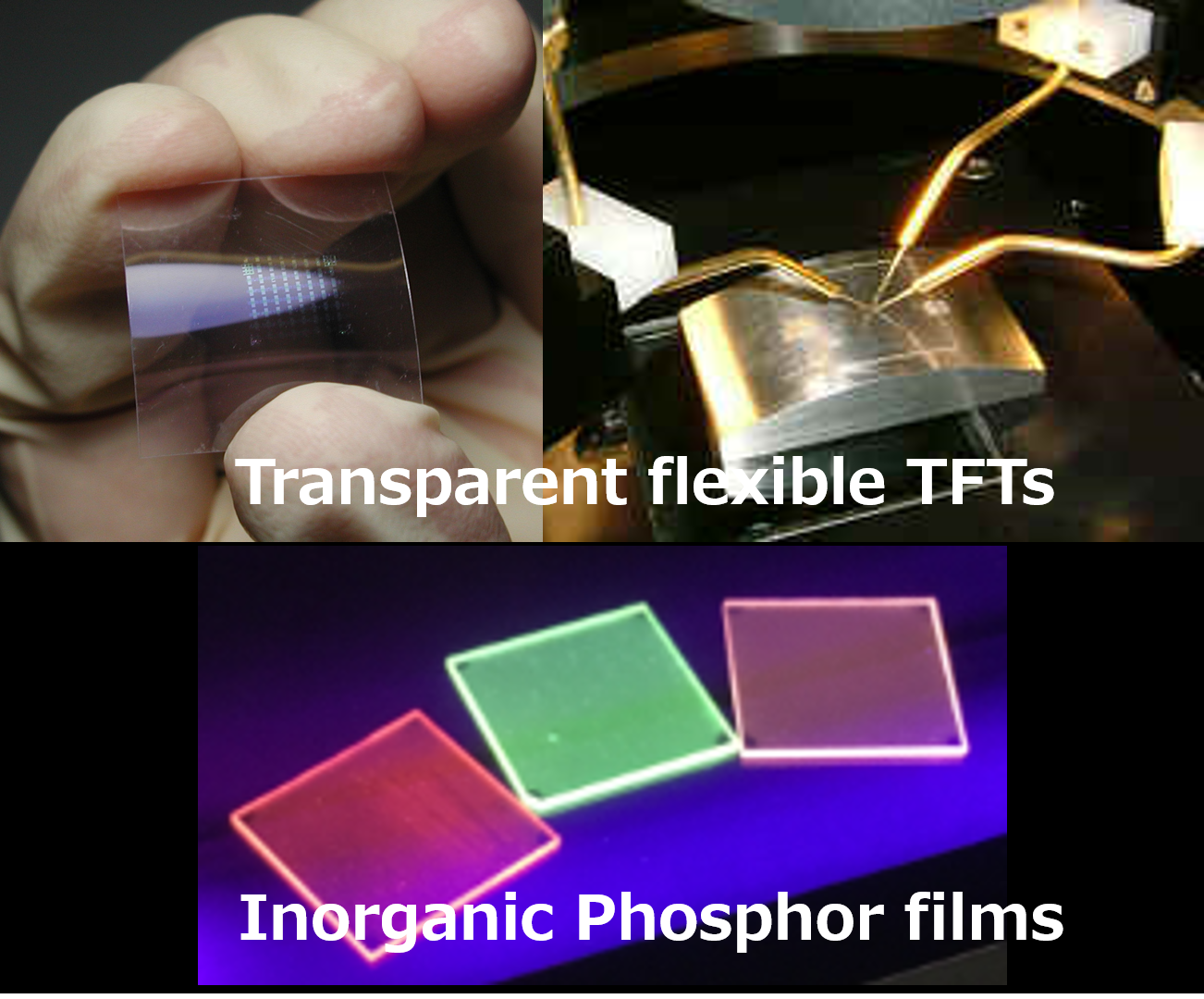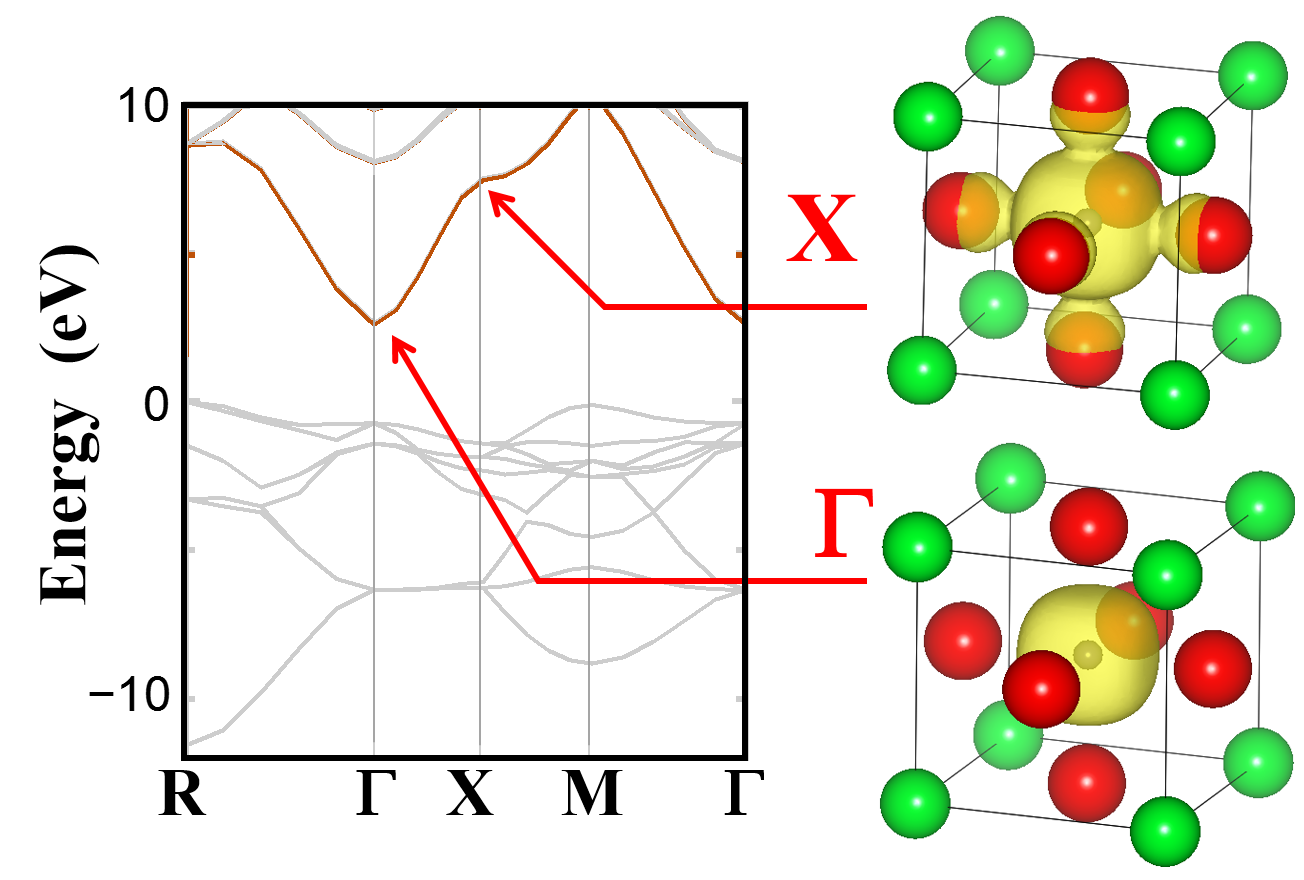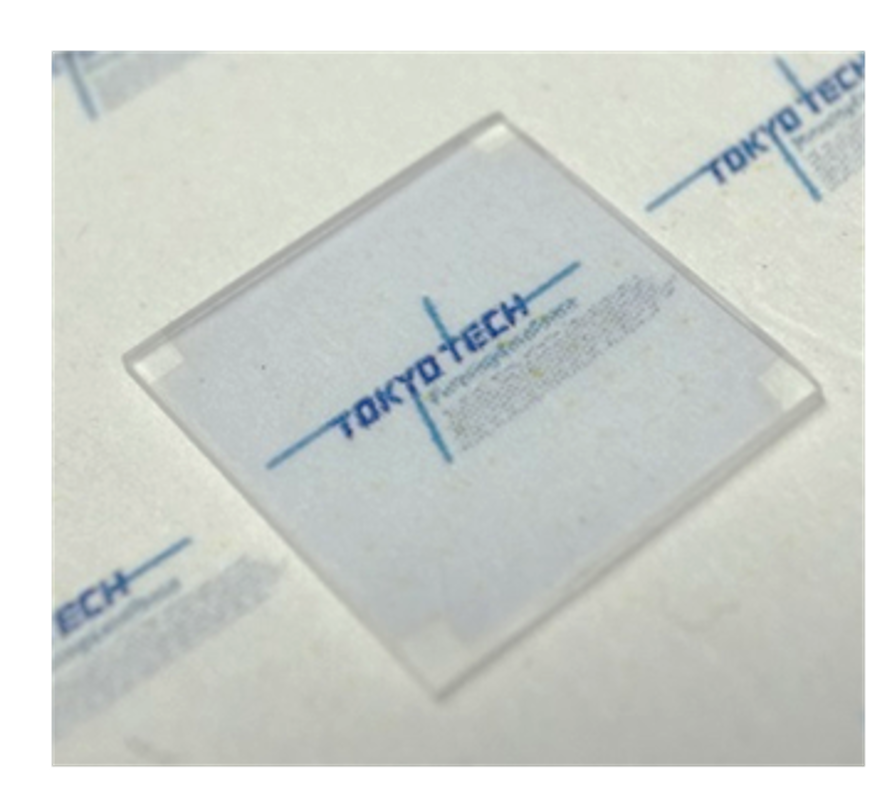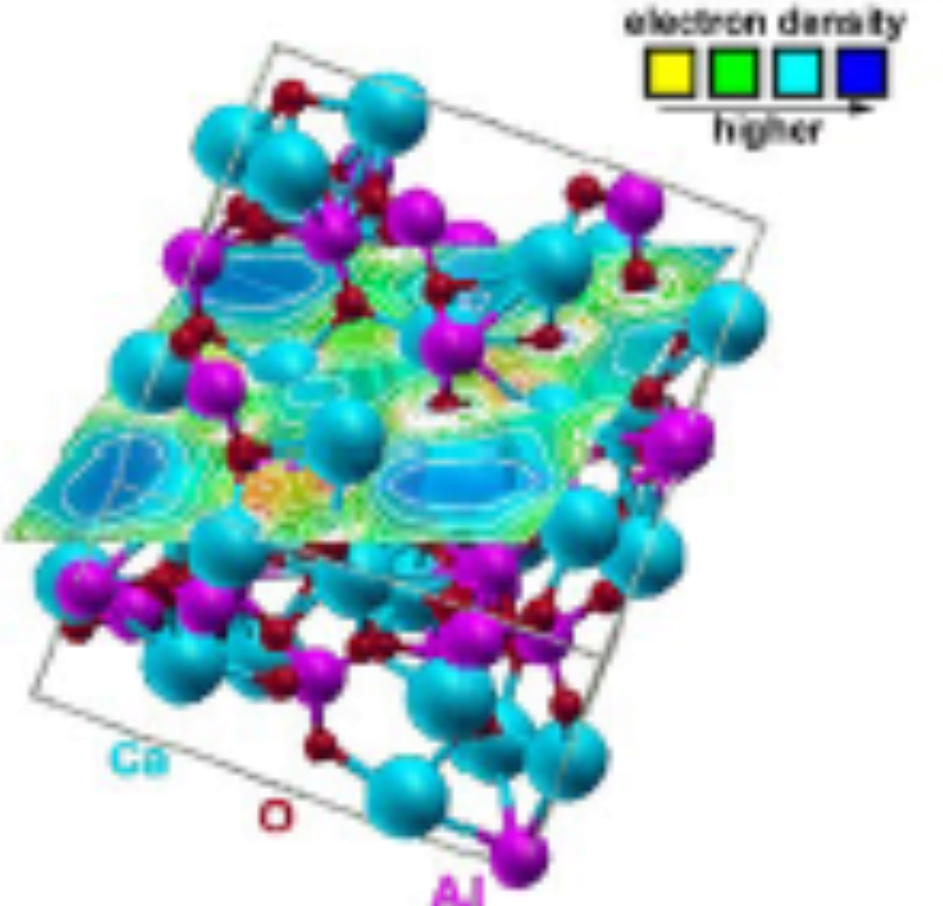Research topics
Novel functional materials and devices in uncultivated fields and ideas
Amorphous Oxide Semiconductor (AOS)
 In 2004 and before, it had been believed “good semiconductor” can be realized only in crystalline materials such as Si, GaN, and ZnO. Notwithstanding that, we demonstrated the high-performance thin-film-transistor (TFT) can be realized by amorphous oxide semiconductor “IGZO”, In-Ga-Zn-O. Although “IGZO” has an amorphous structure, transparent flexible high-performance TFT can be produced. Our IGZO TFT is already in mass production in iPad, Surface Pro4, and 77-inch OLED TVs. In addition, we recently succeeded to demonstrate room-temperature fabrication of inorganic light-emitting semiconductor films, which will be used for optical devices and displays, replacing OLED in the future.
In 2004 and before, it had been believed “good semiconductor” can be realized only in crystalline materials such as Si, GaN, and ZnO. Notwithstanding that, we demonstrated the high-performance thin-film-transistor (TFT) can be realized by amorphous oxide semiconductor “IGZO”, In-Ga-Zn-O. Although “IGZO” has an amorphous structure, transparent flexible high-performance TFT can be produced. Our IGZO TFT is already in mass production in iPad, Surface Pro4, and 77-inch OLED TVs. In addition, we recently succeeded to demonstrate room-temperature fabrication of inorganic light-emitting semiconductor films, which will be used for optical devices and displays, replacing OLED in the future.
[Ref.] K. Nomura et al., Nature (2004), Science (2003)., K. Ide et al., Appl. Phys. Lett. (2022).
Transparent conductor using covalent bonds
 Germanium oxide (GeOx) is known as a good electrical insulator with a wide bandgap over 6 eV. We demonstrated to convert SrGeO3 to a good transparent conductor. Quantum calculation explains its electronic structure and why it reduce sthe bandgap down to 2.7 eV by employing the cubic SrGeO3 structure. Like this, we are making continuous challenges to create new functional materials based on our original material design concept.
Germanium oxide (GeOx) is known as a good electrical insulator with a wide bandgap over 6 eV. We demonstrated to convert SrGeO3 to a good transparent conductor. Quantum calculation explains its electronic structure and why it reduce sthe bandgap down to 2.7 eV by employing the cubic SrGeO3 structure. Like this, we are making continuous challenges to create new functional materials based on our original material design concept.
[Ref.] H. Mizoguchi et al., Nature Commun. (2011).
Ultrawide gap amorphous oxide semiconductor
 As explained above, it had been believed the AOS does not have good electronic properties, but we then overturned this misunderstanding by IGZO TFTs. Next our target is ultrawide gap AOSs, which has been believed not to been realized until now. We recently realized GaOx AOS with a large bandgap of 4.12 eV by controlling the defects and understanding the doping mechanism in AOSs.
As explained above, it had been believed the AOS does not have good electronic properties, but we then overturned this misunderstanding by IGZO TFTs. Next our target is ultrawide gap AOSs, which has been believed not to been realized until now. We recently realized GaOx AOS with a large bandgap of 4.12 eV by controlling the defects and understanding the doping mechanism in AOSs.
[Ref.] J. Kim et al., NPG Asia Mater. (2017).
Computer-assisted materials science & materials design
 We use first-principles calculations, molecular dynamics simulations, device simulations, etc for designing our new materials and also for revealing the underlying mechanism of their functions. It is usually difficult to find new materials, but we challenge to develop novel functional materials by understanding “why the material show good properties”, predicting “how we can improve the material properties”, and confirming the idea experimentally. One of our approaches is shown in the electron density map of 12CaO・7Al2O3 (C12A7) with 0.4nm-size cage. Usually, electrons in the conventional semiconductor conduct through the positions of atoms, but for C12A7, the electrons pass through the cages, which can be visualized by the quantum calculation. By collaboration of experiment and theory, we always try to understand the underlying mechanisms and to find a way to develop novel functional materials.
We use first-principles calculations, molecular dynamics simulations, device simulations, etc for designing our new materials and also for revealing the underlying mechanism of their functions. It is usually difficult to find new materials, but we challenge to develop novel functional materials by understanding “why the material show good properties”, predicting “how we can improve the material properties”, and confirming the idea experimentally. One of our approaches is shown in the electron density map of 12CaO・7Al2O3 (C12A7) with 0.4nm-size cage. Usually, electrons in the conventional semiconductor conduct through the positions of atoms, but for C12A7, the electrons pass through the cages, which can be visualized by the quantum calculation. By collaboration of experiment and theory, we always try to understand the underlying mechanisms and to find a way to develop novel functional materials.